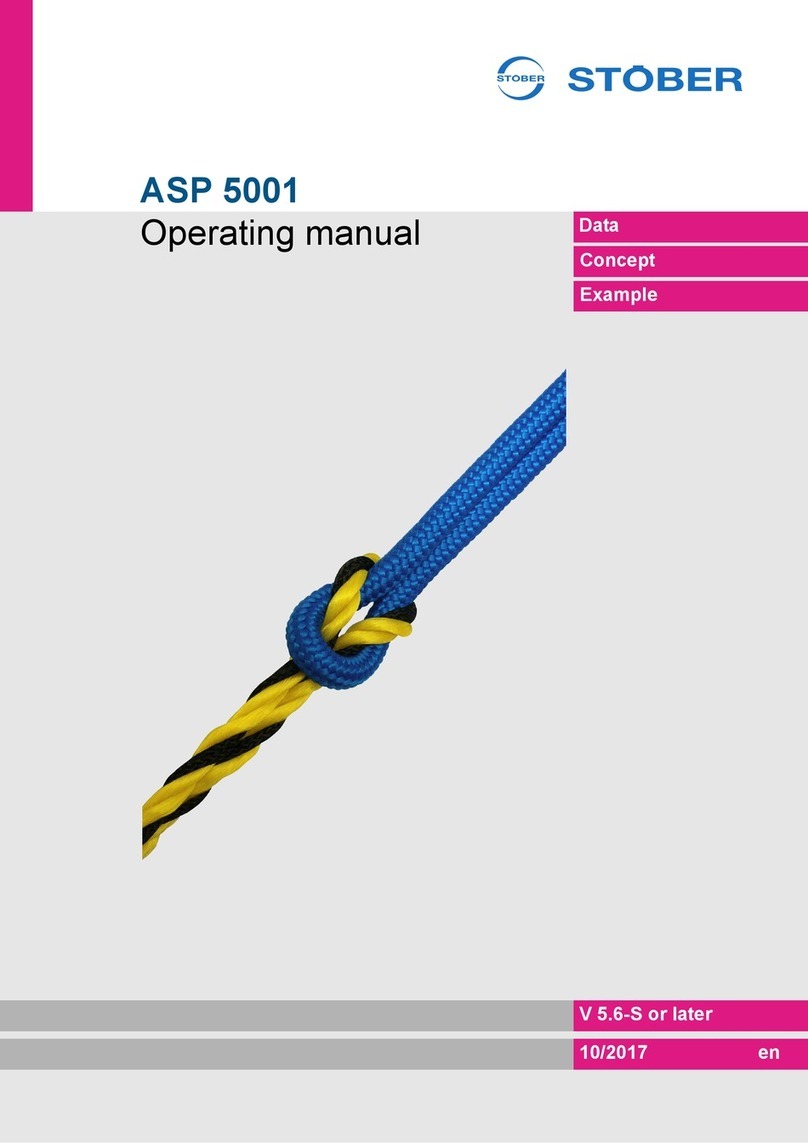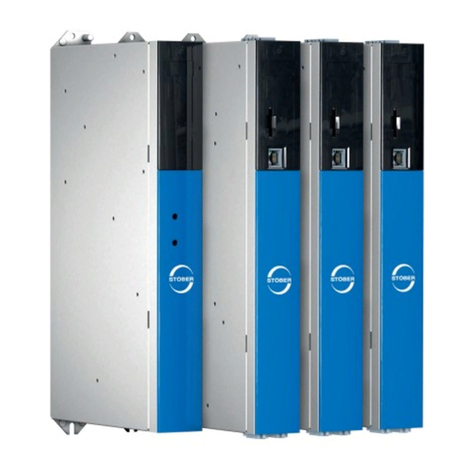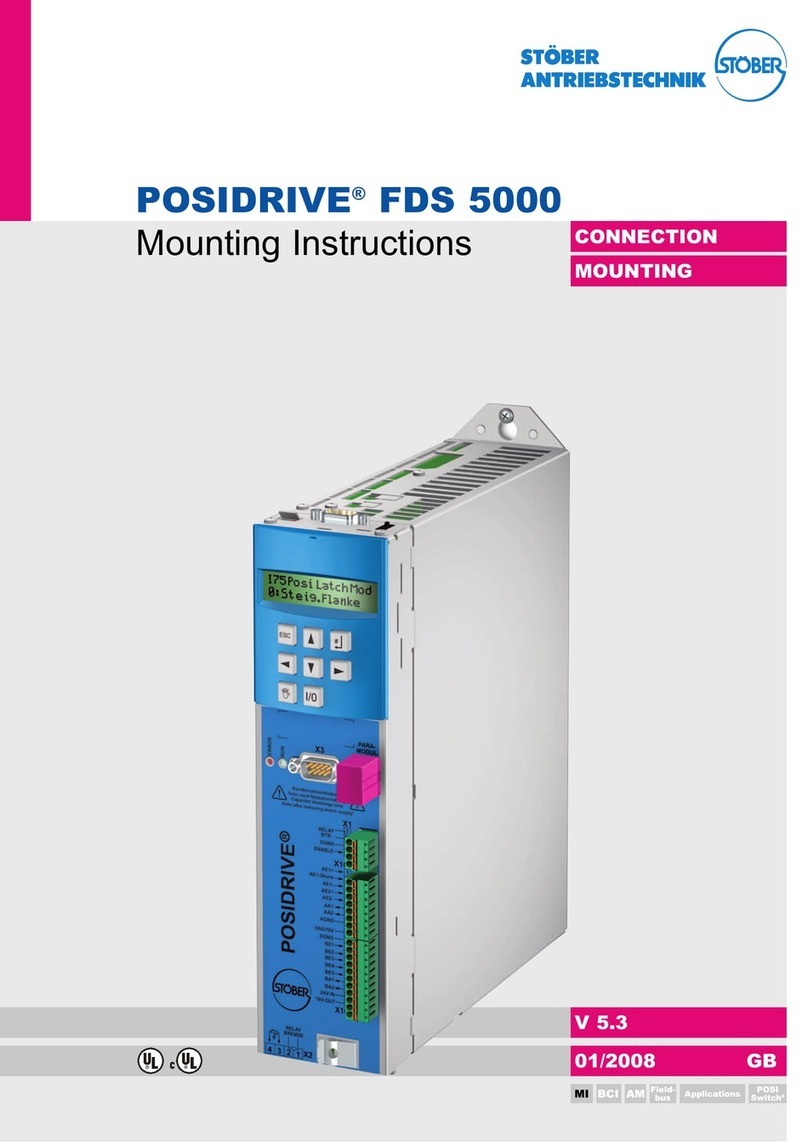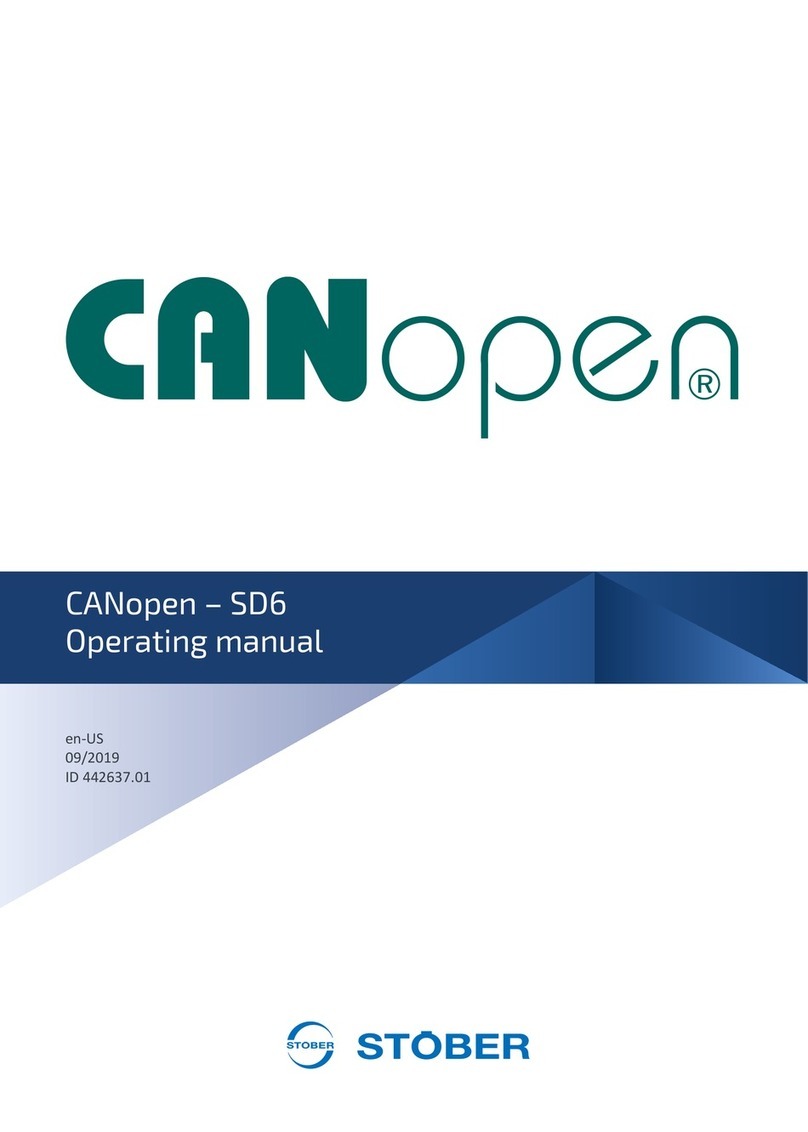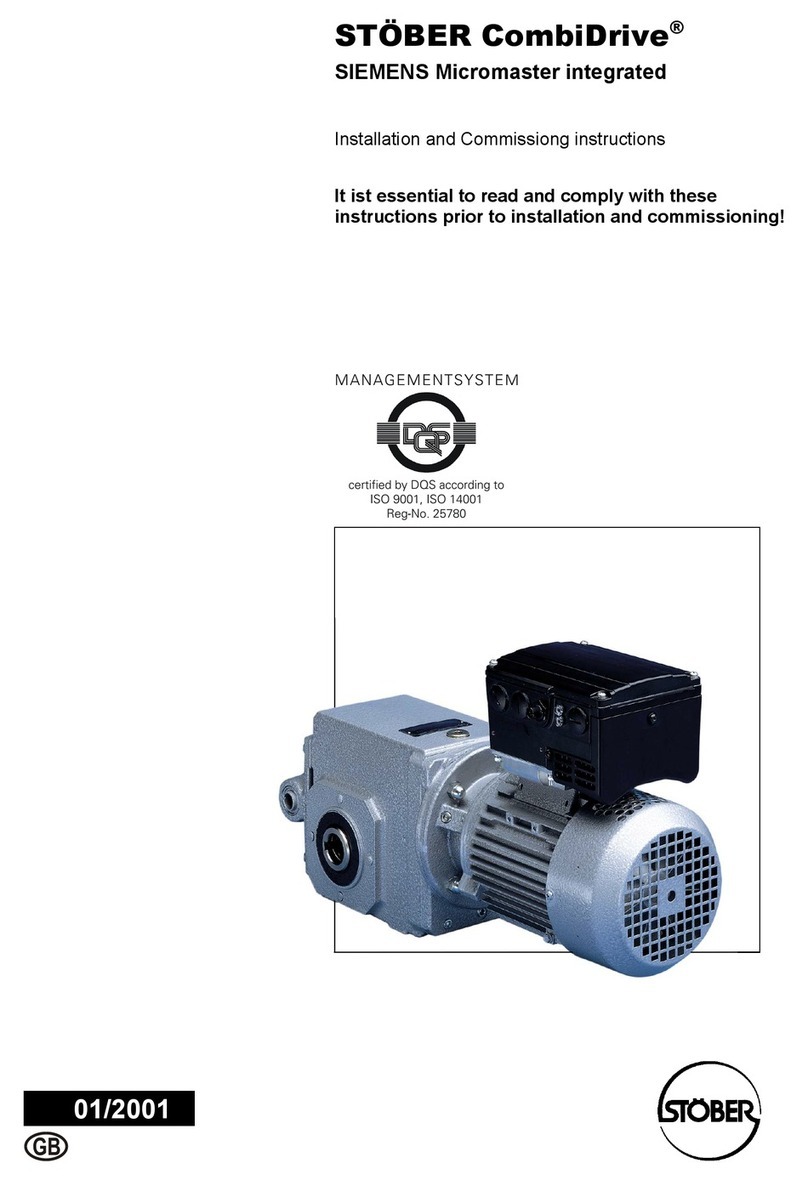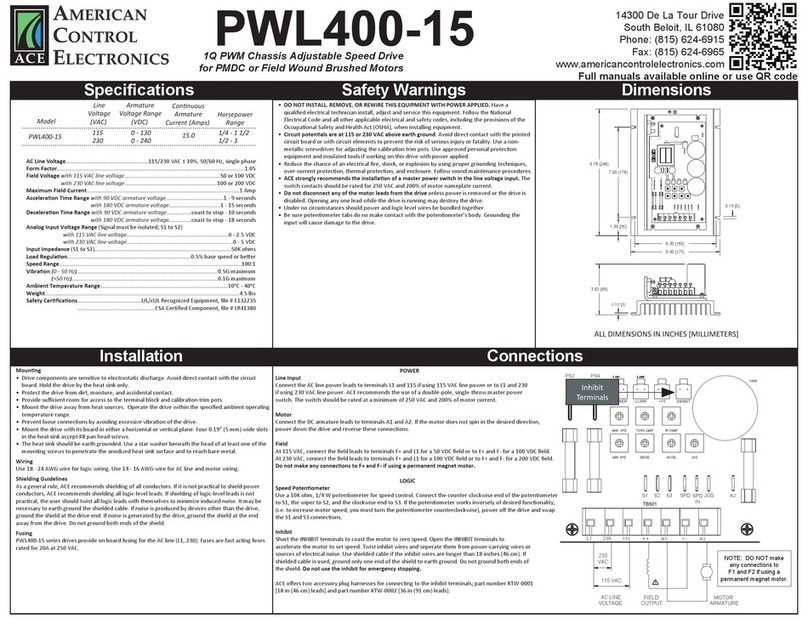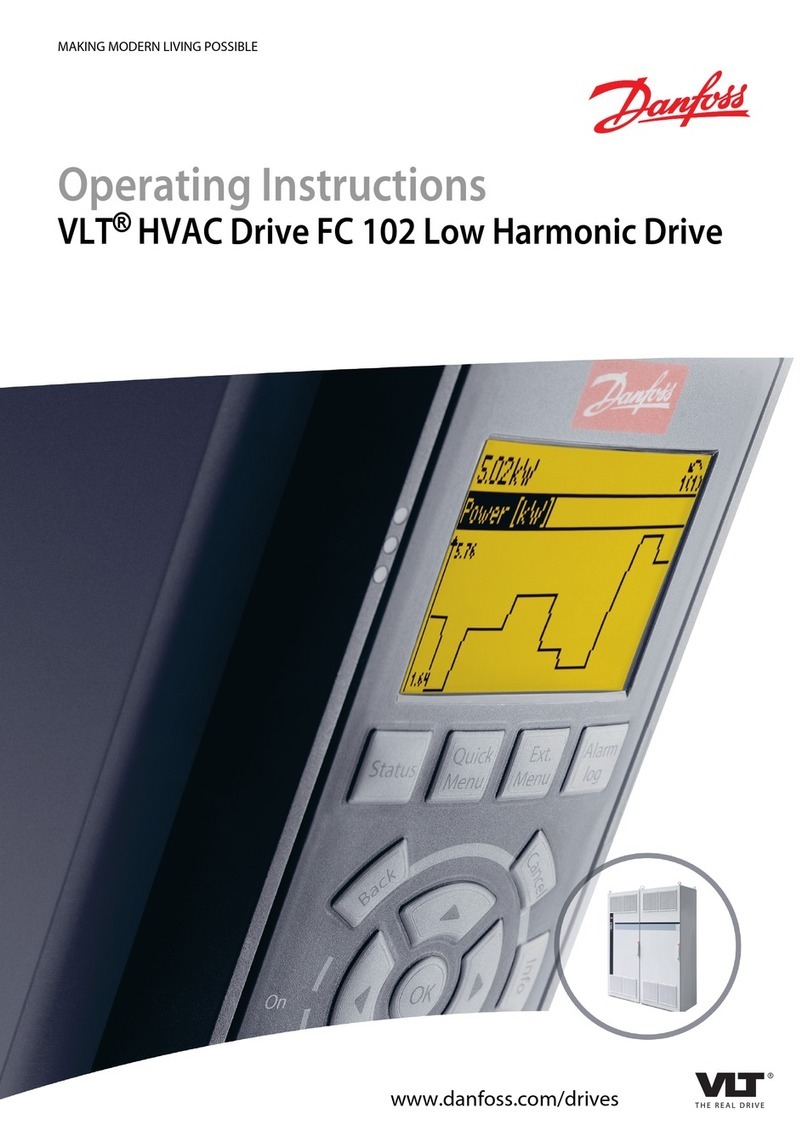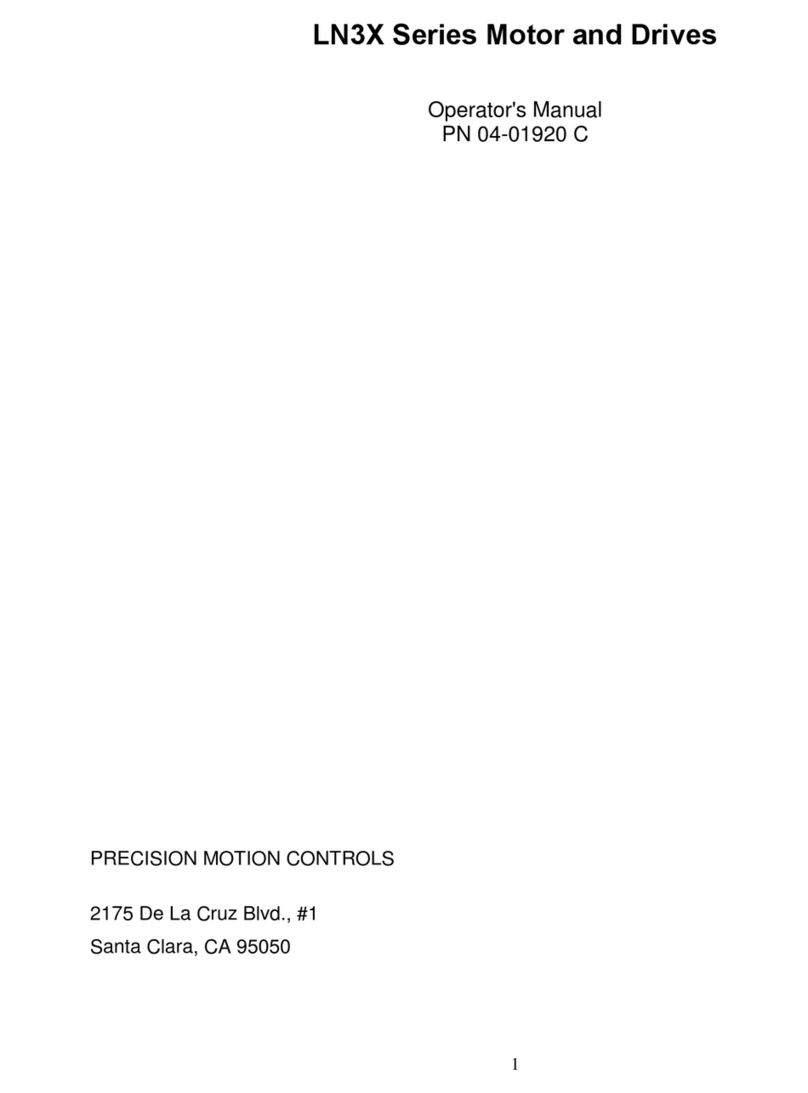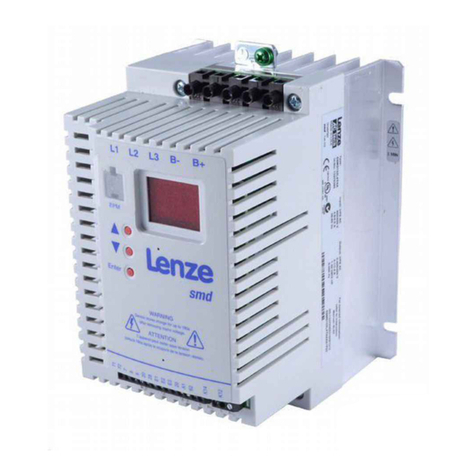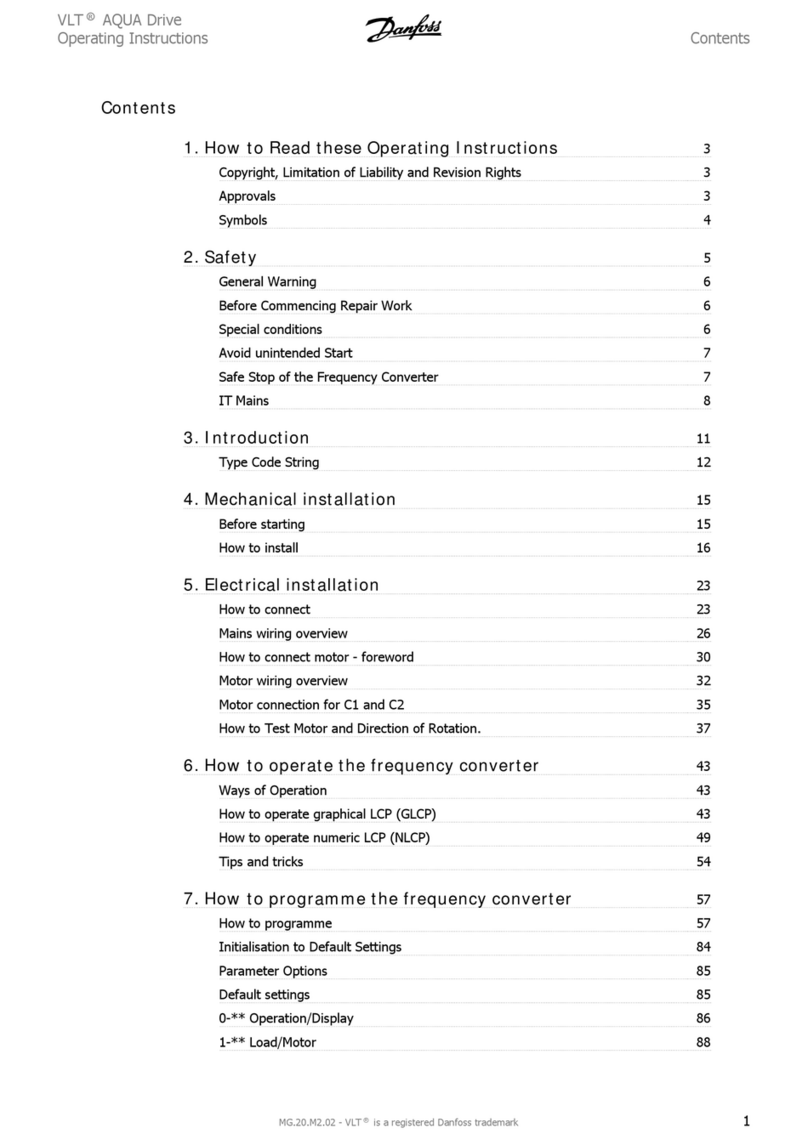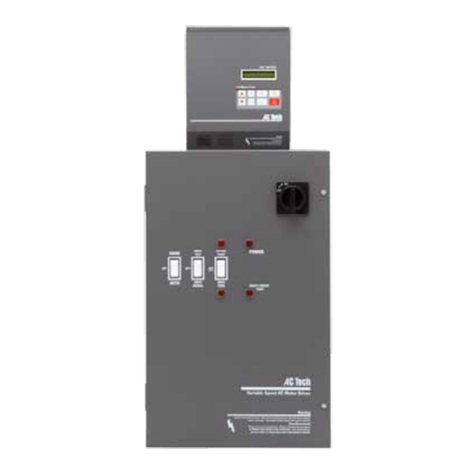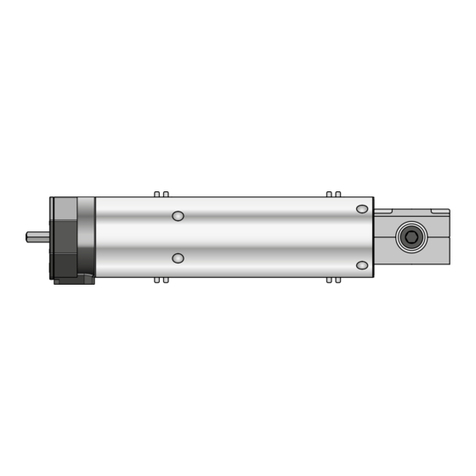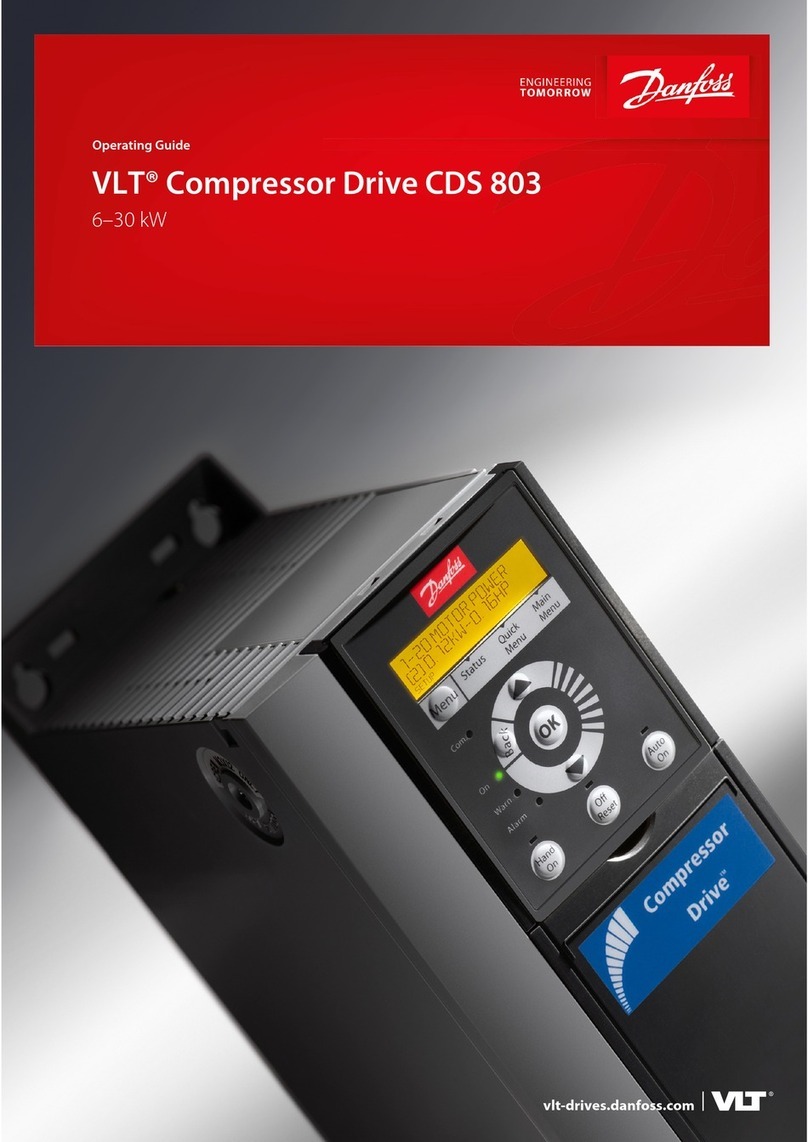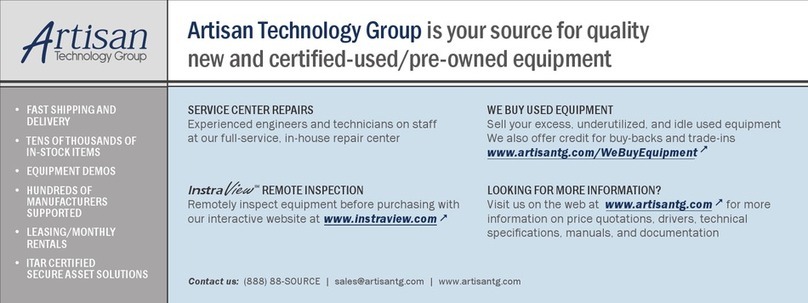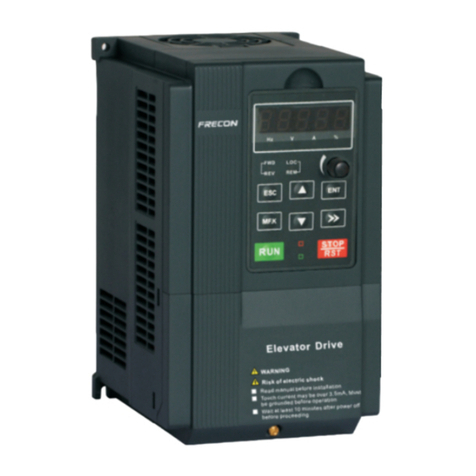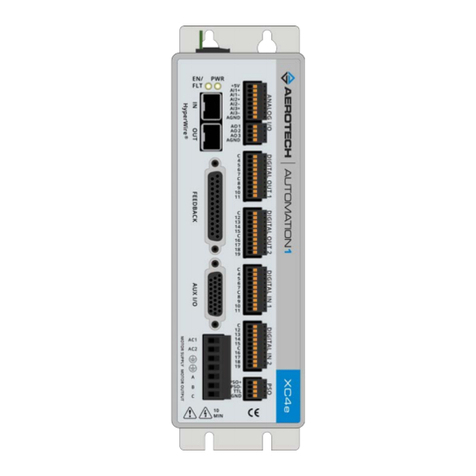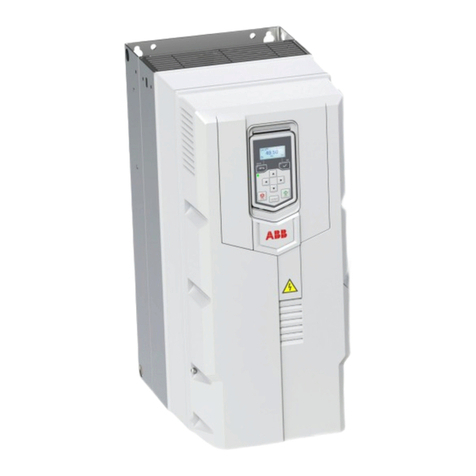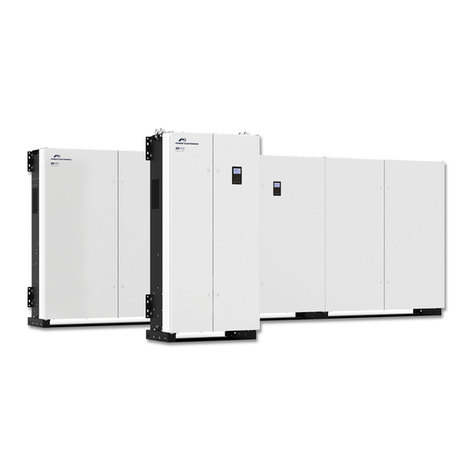
Operating manual
Explosion-protected variable speed drive RD11
303/2017
WE KEEP THINGS MOVING
ID 443006_en.00
en
www.stober.com
Gear units/geared motor with solid shaft; installation of
power transmission elements:
The output shaft is equipped with a centering thread accord-
ing to DIN 332, Sheet 2, which is provided both for fitting and
for axial mounting of transmission elements (gear, chain
wheel, pulley, coupling hub) by means of a central screw.
Shaft ends with a diameter up to 55 have tolerance ISO k6,
those larger than 55 have tolerance ISO m6. The fitting keys
correspond to DIN 6885, Sheet 1.
NOTICE
Damage to the bearing race.
Avoid all impacts to the output shafts.
5.3 Ventilation
The gear units are closed on all sides and are not vented.
6 Commissioning
6.1 Prior to commissioning
Check the following before commissioning:
• Is it ensured that the gear unit is adequately vented and
no external heat input (e.g. Via a coupling) is present?
The cooling air may not exceed a temperature of 40° C.
• Is it ensured that no gear unit overload relating to the per-
mitted torque can occur due to the mounted motor? (The
permitted torque can be found in the order confirmation.)
WARNING!
Risk of injury due to moving parts!
Before switching on the drive, check the following:
Are no persons in danger due to start-up?
Is all protection and safety equipment properly installed,
in test operation too?
Is the drive not blocked?
Are the brakes released?
Is the direction of rotation of the drive correct?
Are components attached to the output such as feather
keys or coupling elements adequately secured against
centrifugal forces?
6.2 During commissioning
As the operating conditions for gear units are very different, it
must be ensured for safe operation under maximum operat-
ing conditions that the surface temperature of the gear unit
does not exceed the maximum permitted value. For this pur-
pose, take the following measurement with a standard com-
mercial temperature measurement device.
Determine the surface temperature at the gear unit/motor
transition where the terminal box position prevents ventilation
by the motor fan.
For gear units with a motor adapter or free drive shaft, deter-
mine the surface temperature at the joining seam between
the gear unit flange on the input side and the attachments.
The maximum surface temperature is reached after approx. 3
hours under full load and may not exceed the maximum value
of 90° C for the highest surrounding temperature. Stop the
drive immediately if the maximum value is exceeded and con-
tact STOBER Service.
7 Service
7.1 Inspection and maintenance
WARNING!
Risk of explosion due to electrostatic charge!
Only clean the plastic covers on the gear unit with a damp
cloth.
To ensure safe operation with regard to explosion protection,
carry out the following inspections and maintenance work at
the specified intervals:
Daily or according to dust accumulation
• Remove dust deposits from the gear unit surface (STOB-
ER recommends removing dust deposits with a thickness
of 1 mm or more)
Every 500 operating hours, every 3 months at the latest
• Visually check the shaft seal rings for leaks
• Check operating noise for possible bearing damage
Every 1000 operating hours
• Check the protrusion of both races above the race frame.
If the protrusion is < 2 mm, replace races (also see doc-
ument ID 440226).
Every 5000 operating hours, every 5 years at the latest
• Replace lubricant
• Replace shaft seal rings
Every 10000 operating hours
• Replace rolling bearing
Comply with the lubricant specification and amount that is
stated on the nameplate of the gear unit when changing the
lubricant. Do not mix lubricants with different specifications.
7.2 In the event of disruptions
7.2.1 General faults
Changes compared to normal operation indicate that the
function of the drive has been impaired. This includes:
• Higher power consumption, temperatures or vibrations
• Unusual noises or odors
• Leaks on the gear unit
• Monitoring devices responding
In this case, stop the drive as quickly as possible and contact
STOBER Service.




